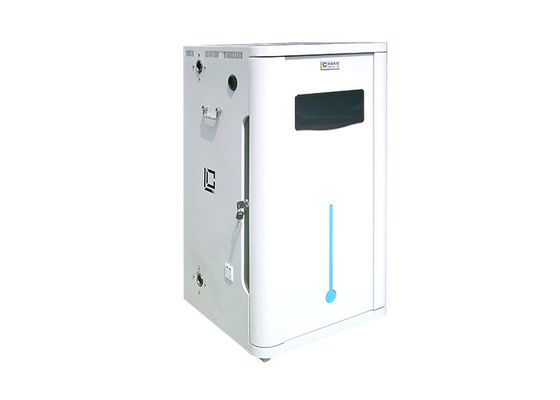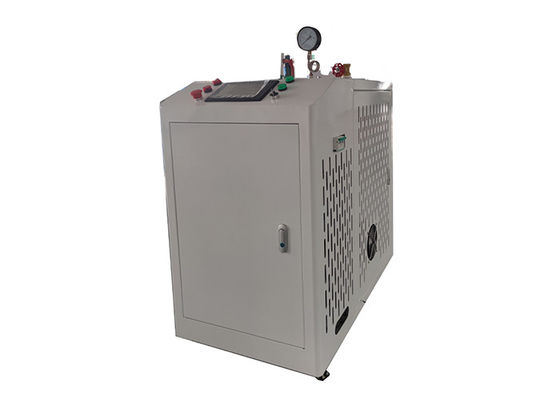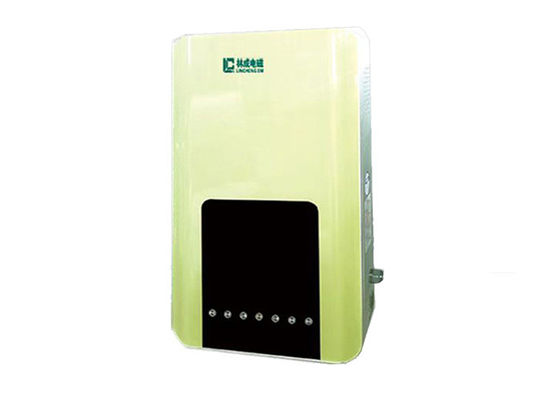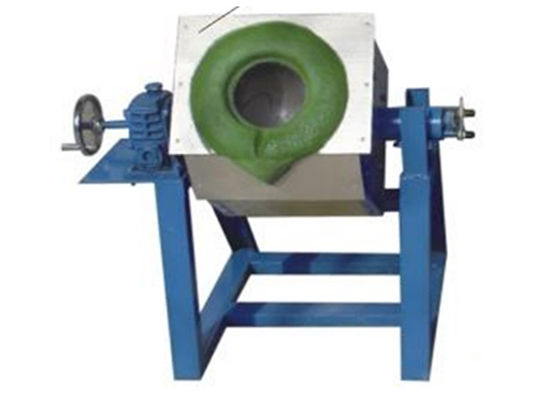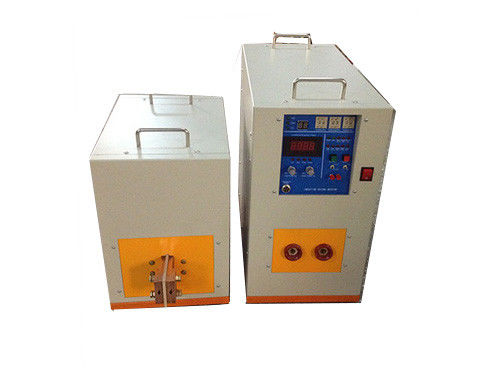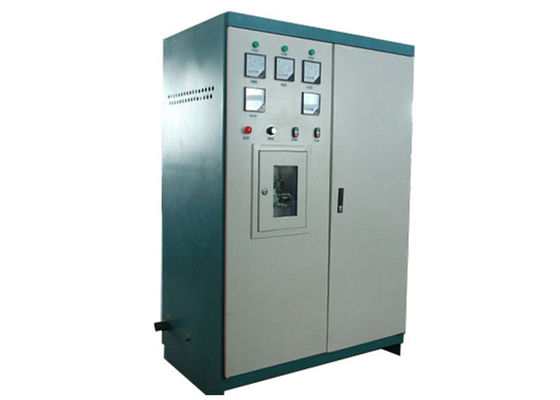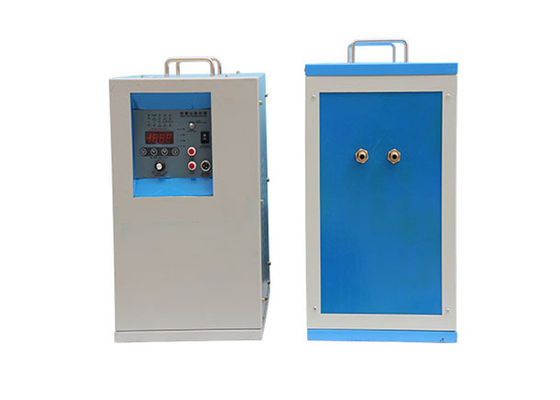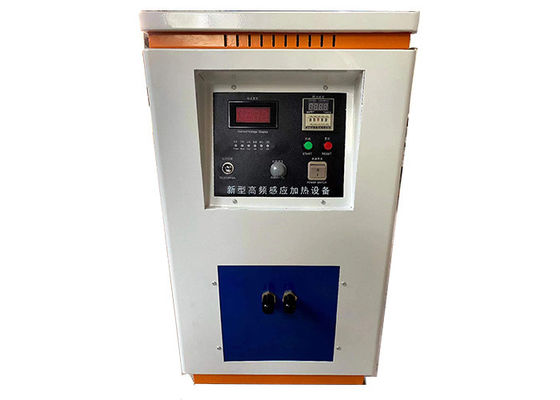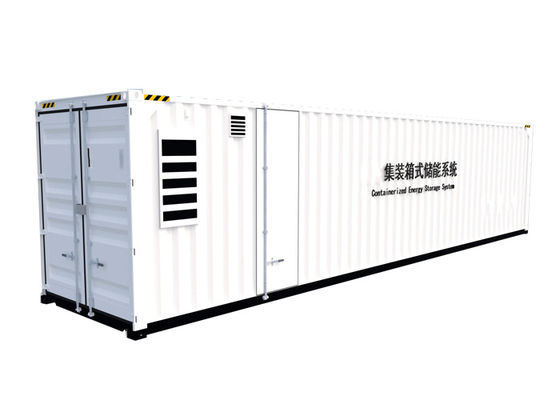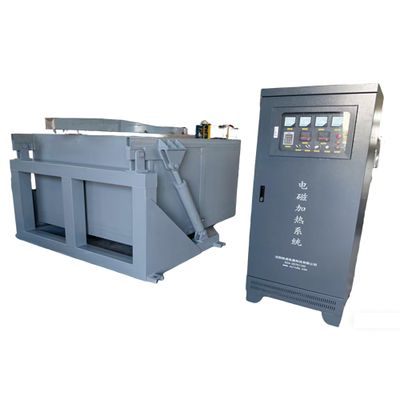
In the world of industrial heating, efficiency is everything. If you're tired of soaring energy bills and inconsistent performance, the electromagnetic hot air heater presents a compelling solution. Unlike traditional methods, this technology offers a smarter way to generate heat. But how can you ensure you're getting the most out of it? We've uncovered five essential secrets that can transform your operational efficiency. Interestingly, many users only scratch the surface of what this powerful equipment can do.
What is an Electromagnetic Hot Air Heater and How Does it Work?
Let's break it down simply. An electromagnetic hot air heater uses electromagnetic induction to generate heat. Instead of heating elements that directly warm the air, it creates a high-frequency magnetic field. This field induces currents in a metal component, causing it to heat up rapidly. Air is then blown over this hot metal, providing a consistent and clean heat stream. The core heating mechanism is contactless and highly efficient. For example, our team in a 2023 case study found that this method reduced heat-up time by over 40% compared to conventional resistive heaters.
Electromagnetic vs. Resistive Heaters: A Clear-Cut Comparison
As you can see, the induction heating technology in electromagnetic models offers superior performance in key areas. This directly translates to cost savings and better process control for your applications.
5 Must-Know Secrets for Unlocking Maximum Efficiency
Getting the best performance from your industrial heating system isn't just about buying the right unit. It's about how you use it. Follow these five steps.
1. Right-Sizing is Crucial: The most common mistake is choosing a unit that's too large or too small. An oversized heater cycles on and off, wasting energy. An undersized one struggles to meet demand. Always consult with a specialist to determine the exact BTU/hour requirement for your space and process.
2. Optimize Airflow Dynamics: The fan is the heart of your hot air blower system. Ensure the ductwork is properly sized and free of obstructions. A restricted airflow forces the heater to work harder, increasing energy consumption and potentially causing overheating.
3. Implement Smart Temperature Control: Don't just set it and forget it. Use a PID (Proportional-Integral-Derivative) controller. This device fine-tunes the power output to maintain temperature with minimal fluctuation, preventing energy spikes and improving product quality.
4. Schedule Regular Maintenance: While electromagnetic heaters have fewer wearable parts, they are not maintenance-free. Regularly clean the air intake filters and inspect the internal components for dust buildup. A clean unit operates more efficiently and safely.
5. Utilize Zonal Heating: Instead of heating a large, open area, use the hot air system to create targeted heat zones. This approach focuses energy only where it's needed, dramatically reducing wasted heat and improving overall energy efficiency.
⚠ Warning: A common misconception is that electromagnetic heaters are immune to scale buildup. While the heat exchanger itself isn't prone to scaling, the surrounding components and airflow sensors can still be affected by poor air quality. Neglecting this can lead to inaccurate readings and reduced performance.
A Real-World Application: Our 2024 Case Study
We recently worked with a textile drying facility. They were using an old resistive hot air generatorand faced high costs and uneven drying. After switching to a properly sized electromagnetic model and implementing zonal heating with PID control, the results were remarkable. They reported a 30% reduction in energy costs and a 15% increase in production speed due to more consistent and rapid heat delivery.
Your Electromagnetic Heater Optimization Checklist
Before you go, use this checklist to ensure your system is running at its peak:
☐ Heater capacity correctly matched to application demand.
☐ Air intake filters are clean and unobstructed.
☐ Ductwork is sealed and properly insulated.
☐ A modern PID temperature controller is installed and calibrated.
☐ The system is used for zonal heating where possible.
☐ A semi-annual maintenance schedule is established.

Frequently Asked Questions (FAQs)
Q1: How does an electromagnetic hot air heater differ from a standard heat gun?
A1: A standard heat gun uses a resistive wire that heats up when electricity passes through it. An electromagnetic heater uses induction to heat a metal object internally, which then transfers heat to the air. This makes it more efficient, durable, and responsive.
Q2: Are electromagnetic hot air heaters more expensive to purchase?
A2: Initially, yes, the upfront cost is typically higher than traditional resistive heaters. However, the significant savings in energy consumption and lower maintenance costs almost always lead to a better total cost of ownership and a faster return on investment.
Q3: What are the main industrial applications for this type of heater?
A3: They are ideal for processes like plastic welding, shrink wrapping, textile drying, paint curing, and pre-heating in manufacturing. Any application requiring fast, clean, and controllable heat is a perfect fit.
Q4: Can I retrofit an electromagnetic heating system to my existing equipment?
A4: In many cases, yes. It often involves replacing the old heat generation unit with a new electromagnetic hot air generator and integrating it with your existing blower and control systems. A professional assessment is recommended.
Q5: Is the maintenance for an electromagnetic heater complicated?
A5: Not at all. In fact, it's often simpler. The core heating mechanism has no direct contact and doesn't degrade. Primary maintenance involves routine cleaning of air filters and checking electrical connections, which is less frequent and complex than replacing burnt-out elements.

 Your message must be between 20-3,000 characters!
Your message must be between 20-3,000 characters! Please check your E-mail!
Please check your E-mail!  Your message must be between 20-3,000 characters!
Your message must be between 20-3,000 characters! Please check your E-mail!
Please check your E-mail! 
